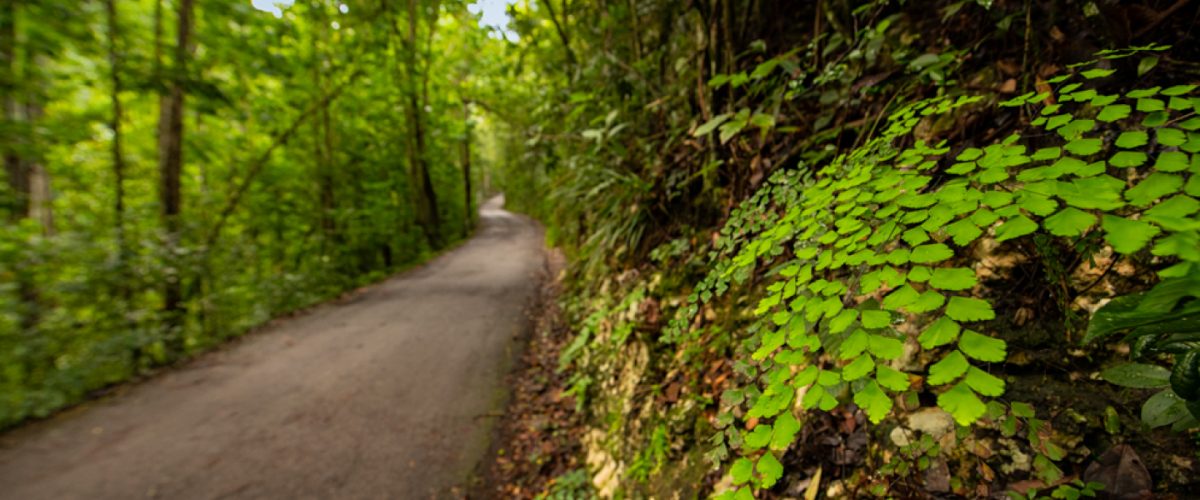Protecting and conserving Puerto Rican karst land is a fundamental part of our mission.
CDK has a long history in land conservation. We collaborated in the acquisition of the Cabo Rojo salt flats, an important area for aquatic bird species.
CDK manages two private nature reserves: the Mata de Plátano Nature Reserve (110 cuerdas) and the El Tallonal Nature Reserve (294 cuerdas), both located in the municipality of Arecibo.
In addition, we have a collaborative agreement with the U.S. Forest Service for the conservation of the karst fringe of northern Puerto Rico, through the Forest Service’s Forest Legacy Program in which CDK has assisted the DNER in purchasing private farms using the federal government’s appraisal standards. As of 2019, CDK has identified more than 500 eligible farms for acquisition in what is known as the Caonillas-Dos Bocas Forest Legacy Area and has facilitated the acquisition of more than 2,800 acres.
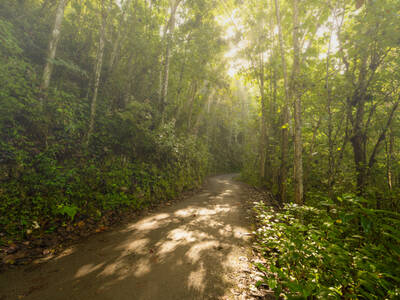
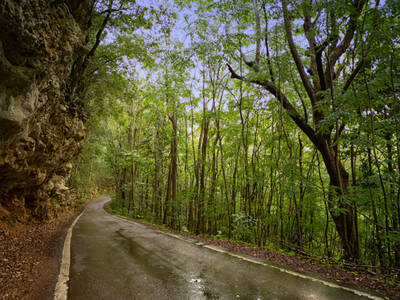
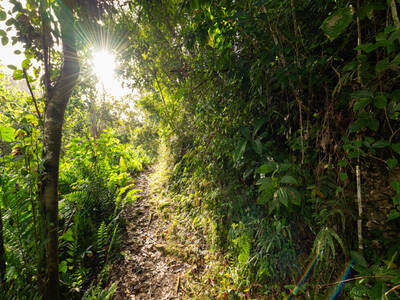
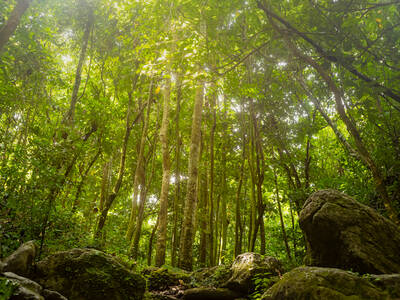
He has also assisted in the creation of several conservation easements throughout the island. For example, conservation easements have been established for 39 cuerdas in the Tanamá area in Arecibo, 211 cuerdas in Morovis, approximately 200 cuerdas in Cayey and another 450 cuerdas easement in Caño Tiburones in Arecibo – through a collaboration with the Puerto Rican Conservation Foundation and Citizens in Defense of the Environment (CEDDA) in Caño Tiburones.
The Caño Tiburones Natural Reserve, of some 3,400 acres, was established at the end of the 90’s, after a legal case, together with Citizens in Defense of the Environment of Arecibo, which culminated in the establishment of the Caño Tiburones Natural Reserve.
The most significant achievement from the conservation point of view was the declaration of the “Plan and Regulations of the Carso Special Planning Area” by the Planning Board and the D.R.N.A. in 2014, after 12 years of bringing a case in the Court of First Instance for violation of Law 292, Law for the Protection of the Karst Physiography of Puerto Rico, the PRAPEC regulations were achieved. Through it, more than 232,000 acres in the karst were given the category of specially protected soils for their ecological, geological and hydrological value.

